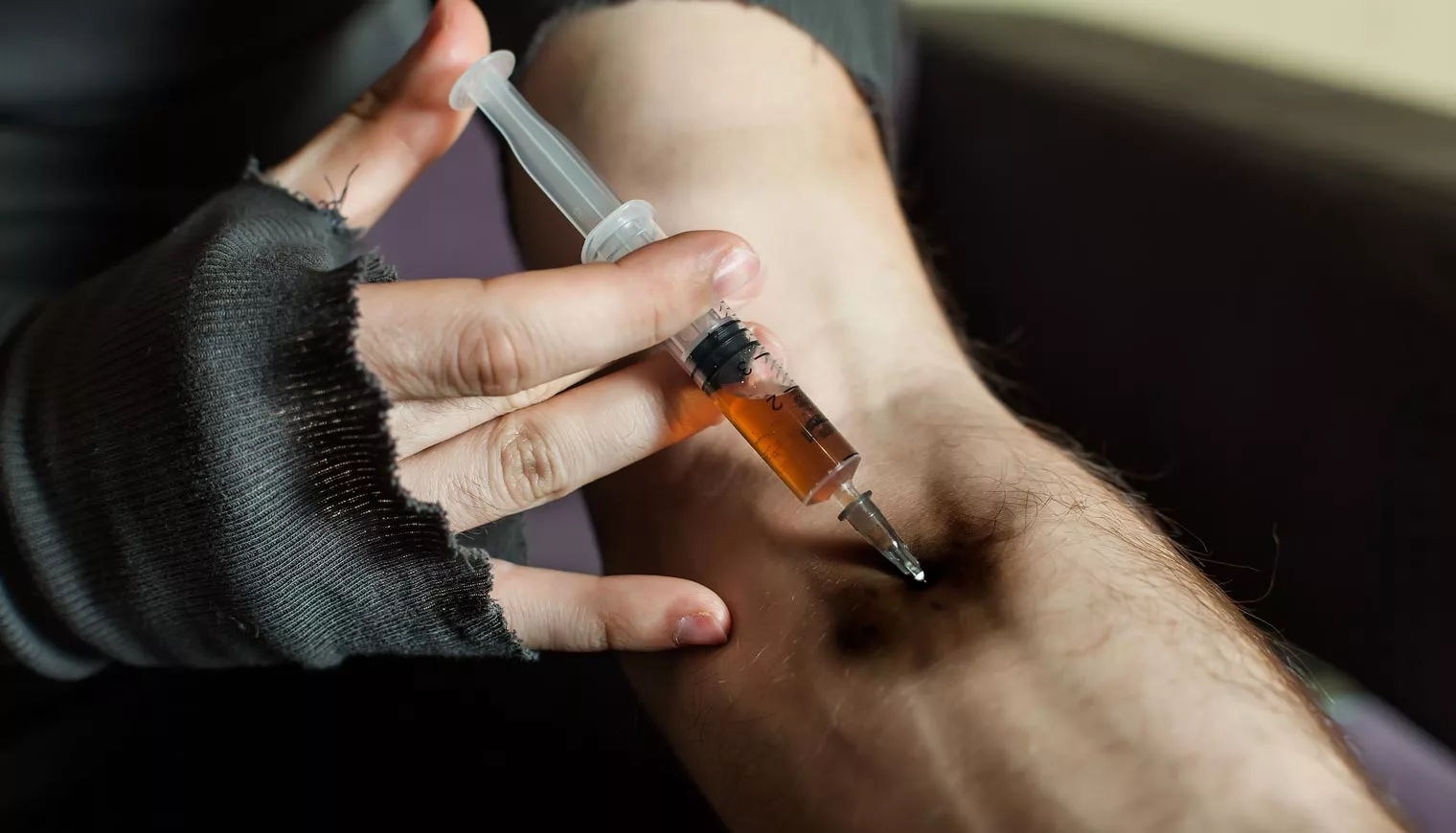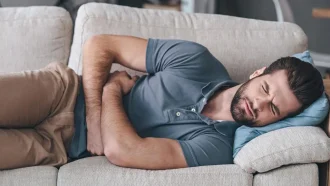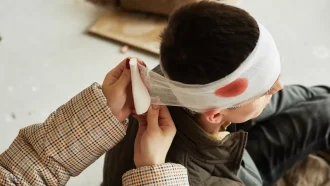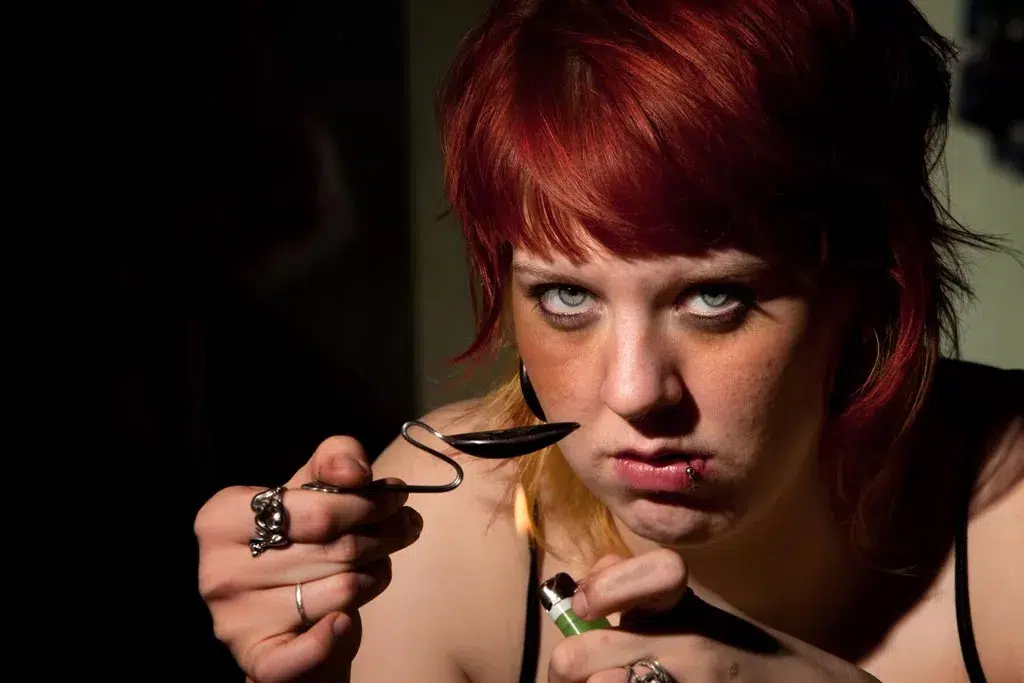
Signs Of Heroin Use
Needing to Know the Red Flags of Opioid Use
Table of Contents
Heroin and now fentanyl have become two of the worst drugs to hit the country in recent years. Yet, it’s not an entirely unexpected problem. Over the years, this has snowballed from a manageable situation to something simply immense. What are the signs of heroin use so that you can tell if someone you know is using this powerful opioid?
What is heroin?
Heroin is a highly addictive drug that can be snorted, smoked, or injected. It is made from morphine, which comes from the seed pod of the Asian opium poppy plant. After opium is harvested from the poppy plant, it must undergo a chemical reaction to be converted into morphine; during this process, other chemicals may be added to give the substance an even more potent effect.
Heroin’s chemical makeup is similar to other opiates such as morphine and codeine. Still, because it is much more potent than any of those drugs, there is an extremely high potential for abuse.
Heroin is a highly addictive drug that can cause euphoria, drowsiness, nausea, and constipation. The high caused by heroin can last between 3 and 7 minutes, and withdrawal symptoms often begin within hours of its use. When used regularly, heroin can cause physical dependence and tolerance in users; they may also experience cognitive changes that make them unable to function normally without the drug. This makes recovery particularly difficult for those using heroin for long periods.
Immediate Help For Heroin Addiction
How can I tell if a loved one is using heroin?
The use of heroin, a substance made from morphine, has been around since the 1800s. It was initially used as a pain reliever, but it quickly became popular as a recreational drug due to its euphoric high.
The Centers for Disease Control and Prevention (CDC) has identified heroin and prescription opioid abuse as an epidemic currently affecting many people across the nation. This makes it more critical than ever to be able to recognize signs of heroin use to protect your loved ones from the devastating consequences of this form of substance abuse. Some common signs that someone may be using heroin are:
- Sudden changes in behavior
- Lack of motivation
- Sudden financial problems or catching them stealing money.
- Slurred words and slowed movement
- Dilated pupils
- Body tremors or muscle twitches
- Needle marks on arms or legs
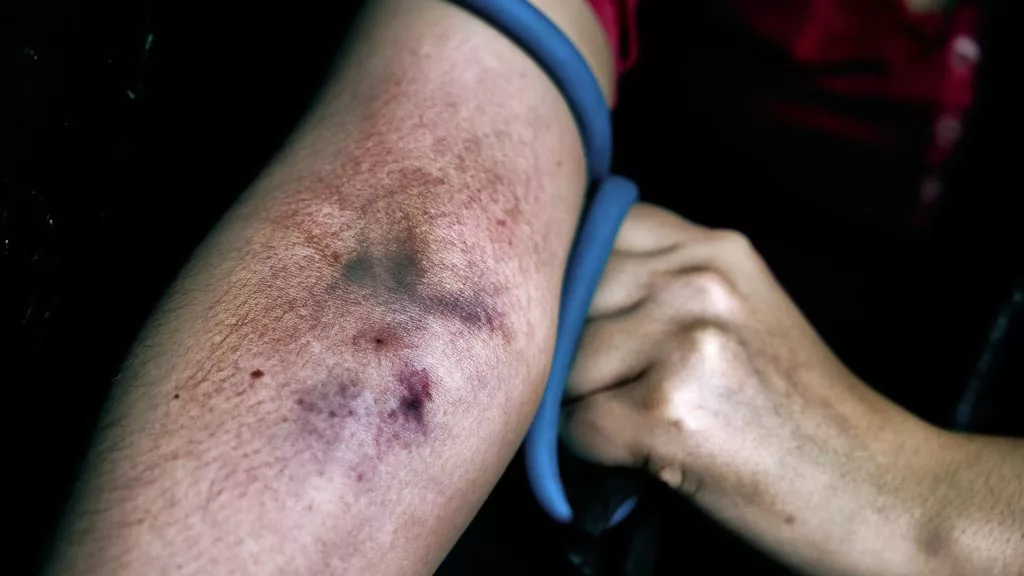
This is not an exhaustive or complete list by any means, and it is essential to remember that some of the “signs” listed here, precisely the first two, can also indicate depression.
Also, it is critical to remember that it is never a good idea to casually accuse anyone of heroin use or addiction. At best, casually doing so is offensive; at worst, it can be psychologically devastating. Whether right or wrong, broaching this topic must be done with caution, tact, consideration, and kindness.
What are the clear signs of heroin addiction?
Heroin addiction is a severe problem that can be difficult to acknowledge and recognize. That’s why it’s essential to know the signs of heroin addiction so you can help your loved ones get the help they need. Seeing these signs in a family member or friend could mean they are struggling with substance abuse.
- Heroin users who inject themselves with the drug will present with needle marks on their bodies, including arms, legs, ankles, and groin area. If you notice these effects on your loved ones, you may want to look closely at their overall health to determine if they’re displaying other signs of addiction.
- If they aren’t using needles but still snort or smoke their heroin, their skin may appear pale or grayish due to a lack of oxygen in the blood. They may also experience constipation, dry mouth, nose, and chest pains. Heroin addicts often feel depressed or restless when they haven’t had their fix for even short periods—this could leave them irritable and display mood swings that are out of character.
What does heroin look like?
The physical appearance of heroin can differ depending on whether it has been packaged for distribution or is still in its raw form. Heroin ready for distribution will be dry—but not too dry—and have a crumbly texture. It will range in color from brownish-gray to tan or white and have no smell at all. Raw heroin will appear as a brown powder that can be sticky or moist, depending on how much moisture is present in the substance.
Identifying heroin paraphernalia or gear
Heroin users often want to make their drug use inconspicuous. This is important because being arrested for possession of heroin could result in jail time, fines, and a criminal record. Heroin paraphernalia offers many ways to avoid this problem.
With the right paraphernalia, a heroin user can indulge in the privacy of their home without drawing attention. But people who live or work in areas where heroin use is common might see items that look like drug paraphernalia—or they might find themselves looking at actual heroin paraphernalia. Either way, recognizing these items can help you determine whether someone is using heroin.
Heroin paraphernalia can include needles, syringes, and everyday household items like spoons and straws. Hypodermic needles are typically used for injecting, syringes are used for extracting the heroin from capsules, and spoons are often used for cooking. In some cases, these utensils may be found in conjunction with burnt spoon pipes or charred aluminum foil. A pipe used for smoking heroin appears as a long glass tube with a bulbous end.
24 Hour Heroin Addiction Treatment
What does heroin withdrawal look like?
Heroin withdrawal is one of the most painful experiences a human being can go through, and it has earned its reputation as one of the toughest addictions to kick. It’s also notorious for its high relapse rate, with addicts repeatedly going in and out of treatment throughout their lives. Heroin withdrawal is a complex, painful, and potentially dangerous process.
Withdrawal symptoms can begin six to eight hours after the last dose of heroin or other opioids and peak between 24 and 48 hours after the last dose of heroin. Some people may experience milder symptoms for several days after this peak. Heroin withdrawal usually lasts three to four days, but it can last longer than a week for some people.
Withdrawal can sometimes be fatal for people who use opioids in high doses for long periods. In general, heroin withdrawal symptoms include severe abdominal cramping, diarrhea, gooseflesh on arms and legs (an itchy feeling), runny nose, high fever, sweating, teary eyes, delirium, and many more unpleasant sensations.
Why can’t my loved one stop using heroin?

The difficulty of heroin withdrawal stems from the nature of heroin itself and its effects on the brain. Heroin is a powerful opiate—its chemical structure is similar to morphine, which is naturally produced by the body. When an individual uses heroin, they experience a rush of pleasure because it causes a much greater release of dopamine than natural neurotransmitters would cause. This surge in dopamine causes a state of euphoria.
Since the brain’s reward system rewards actions needed for survival (e.g., eating, drinking, reproducing), this euphoria induces further use of heroin and other opiates to recreate the pleasurable experience. Over time, the brain becomes desensitized to the drug’s effects and requires increased amounts to achieve the same high. Because it inhibits pain, tolerance develops rapidly—the more often they use, the more of the substance they need to stop feeling sick.
When an individual tries to stop using heroin, they experience withdrawal symptoms because their brain has become dependent on it. The body will attempt to re-establish its natural balance by producing less dopamine and raising levels of norepinephrine, which can induce vomiting and nausea, among other symptoms. Withdrawal feels like having a nasty case of the flu: they will experience unimaginable body pains, levels of exhaustion, and mental/emotional depletion.
Medication-assisted treatment for opiate use disorders
Medication-assisted treatments (MAT) combine behavioral therapy and pharmacotherapy to achieve drug abstinence and reduce the risk of relapse.
Medication-assisted treatment uses medications such as methadone and buprenorphine to help recovering addicts deal with cravings, withdrawal symptoms, and addiction’s mental and physical effects. It is considered one of the most effective approaches to treating this type of substance use disorder.
Fentanyl and the urgency of getting treatment for heroin use
Fentanyl is a dangerous drug commonly used as a cutting agent to increase the potency of heroin. Since 2013, fentanyl-related deaths have skyrocketed in the United States, and many other countries are dealing with similar issues. The drug is up to 50 times more potent than heroin and is so powerful that even residue from skin contact can be deadly—which means it’s essential for heroin users to get treatment immediately.
The DEA has seen an increase in Chinese fentanyl being trafficked into the United States, often mixed into street drugs and sold to users who don’t realize it’s been added. As a result, the agency has put out multiple warnings about taking precautions when buying street drugs, including checking the color of a pill or powder (fentanyl is usually white or off-white, while regular heroin is brown).
Heroin on its own is an absolute monster of an addictive substance. It has destroyed countless lives. Fentanyl is used in manufacturing heroin and only exacerbates the already substantial danger and risk by an unimaginable factor. It is critical that if someone you love is suffering from heroin addiction, they be given the help necessary as soon as it is physically possible.
24 Hour Addiction Treatment
Dual diagnosis and heroin addiction
Heroin addiction is a complex problem to treat, but the most common solution seems to be what’s called dual diagnosis. Dual-diagnosis is when an addict also has a mental health issue in addition to their addiction. The mental health issue may be depression or anxiety or some other condition like schizophrenia or borderline personality disorder. To get better from heroin addiction, it’s thought that the addict must first get better from their mental health problem.
When it comes to treating heroin addicts, doctors have been using this method for almost 20 years. Many believe that since addicts are self-medicating their mental health issues with drugs and alcohol, they need to be treated for both simultaneously to recover fully.
Theoretically, once the person is better from both their addiction and the underlying mental health problem, they’ll no longer use drugs and alcohol but instead use medication for good mental health. There are countless anecdotal cases where people have recovered and healed from heroin addiction entirely thanks to this treatment method.
Finding an effective rehab for heroin addiction

Finding an effective and affordable treatment center can be challenging when you or someone you love needs help for heroin addiction. The first step in getting help from rehab is deciding which type of treatment is right for you, inpatient or outpatient. Inpatient treatment refers to care at a rehab facility where you live at the facility while receiving care. Outpatient treatment refers to care that occurs while you are living at home. With outpatient care, you traditionally go into the facility regularly.
Before making any decisions about your care, it’s essential to get all the facts. It’s also important to know what questions to ask when investigating different rehab facilities:
- What programs does the center offer?
- How much does the program cost?
- Is there a payment plan?
- What are the qualifications of their staff and counselors?
- Will they administer medication as part of my treatment?
- What is the reputation and track record in terms of treatment success stories of this particular facility?
Heroin is a dangerous drug, and seeking the correct type of treatment facility means looking at the options. Emerald Isle Recovery is dedicated to offering treatment that deals with every aspect of recovery. Call or contact us today to learn more about our holistic methods. Let’s build a foundation for a better future together, and help you overcome addiction holistically!
